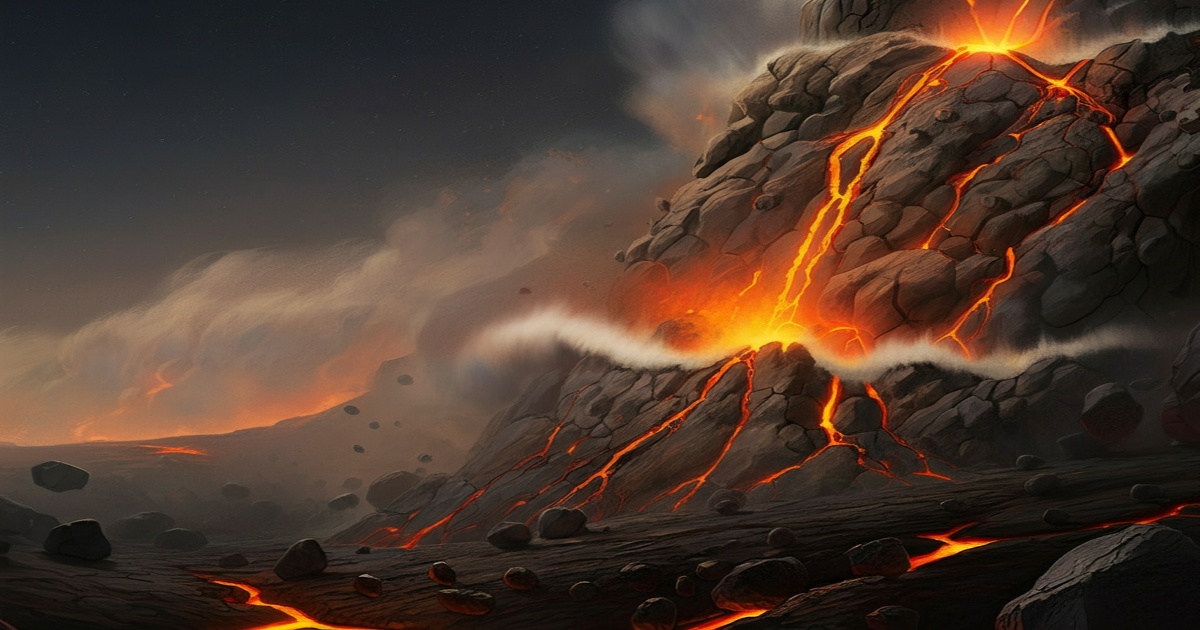Unveiling the Secrets of the Moon's Far Side
China's Chang'e-6 mission, which successfully brought back the first-ever samples from the far side of the moon, has yielded groundbreaking discoveries about our celestial neighbor. Researchers have uncovered evidence of volcanic activity on the far side, unveiled the ancient magnetic field of that region for the first time, and are conducting further studies on the physical properties and weathering characteristics of the lunar soil.
One of the most significant findings is the confirmation of volcanic activity on the far side of the moon. Researchers analyzed 108 basalt debris particles, revealing that most were 2.8 billion years old, with one particle dating back 4.2 billion years – the oldest basalt found in the Chang'e-6 samples. This indicates that magmatic activity on the far side lasted for at least 1.4 billion years, with significant changes in the deep mantle during this period.
Another groundbreaking discovery is the revelation of the ancient magnetic field of the moon's far side. Studies on four millimeter-sized basalt debris revealed that the moon had a magnetic field around 2.8 billion years ago, which showed a tendency to strengthen. This finding contradicts previous research suggesting a sharp decline in the lunar magnetic field around 3.1 billion years ago, followed by a low-energy state. This discovery indicates fluctuations and recoveries in the lunar magnetic field after its decline.
Further research is underway on the physical properties of the Chang'e-6 samples, which exhibit greater stickiness compared to Chang'e-5 samples. Scientists are also analyzing the weathering characteristics of these samples in space and investigating the possibility of water existence in the lunar soil, which could be crucial for future lunar base construction.
The Chang'e-6 mission has opened a new chapter in lunar exploration, providing invaluable insights into the geological history and evolution of the moon. With subsequent missions like Chang'e-7 and -8 planned, China is poised to continue its leading role in unraveling the mysteries of our celestial neighbor.







14 Comments
Katchuka
Kudos to the scientists for their hard work. This research is crucial for future lunar missions!
BuggaBoom
This kind of research seems self-serving, aimed more at national pride than scientific advancement.
Katchuka
I’m excited to see how this research could help us establish a base on the moon in the future.
KittyKat
The ancient magnetic field discovery shifts our understanding of lunar history. Very impressive!
Katchuka
Supporting international collaboration in space exploration is essential—this is what it looks like!
Michelangelo
Seems like China is just trying to boost its image in space exploration. Is it really groundbreaking if they’re only catching up?
Habibi
I doubt the findings will lead to any meaningful advancements. What’s the practical application of this research?
Muchacho
Lunar volcanism is a fascinating topic; I can’t wait for more studies to come out from this mission.
Africa
These discoveries could provide key insights into planetary science as a whole. Let's keep exploring!
Bella Ciao
This mission proves that there’s still so much we don’t know about our closest celestial neighbor!
Answer
Chang'e-6’s findings are groundbreaking! They’ll pave the way for future discoveries.
ArtemK
China’s contributions to lunar exploration are expanding our knowledge significantly. Well done!
The Truth
This sounds like a distraction tactic from China’s other issues. Coincidence or calculated move?
Mariposa
I just don’t see the point in all this. We should focus on fixing problems here on Earth instead of exploring the moon.